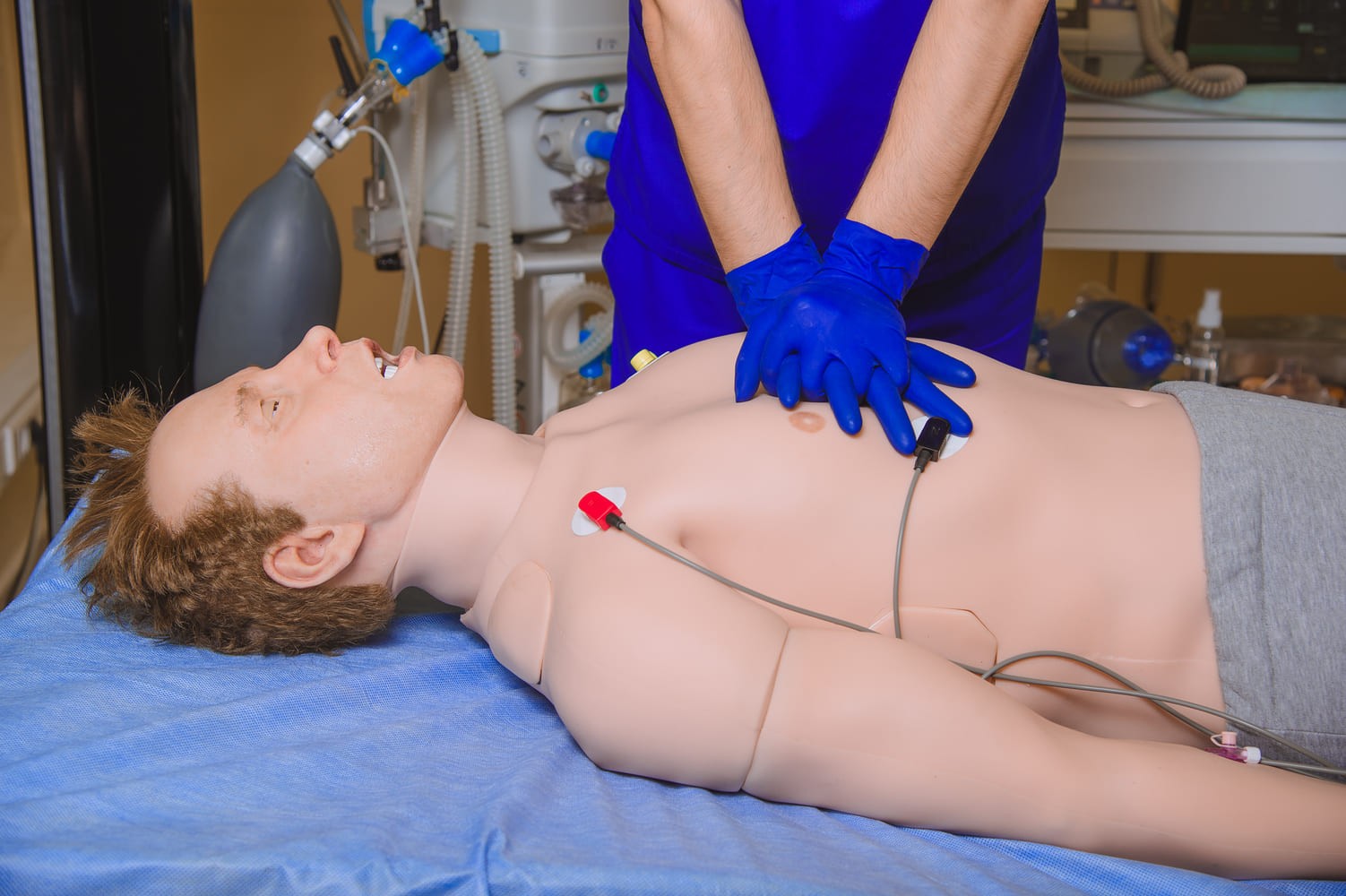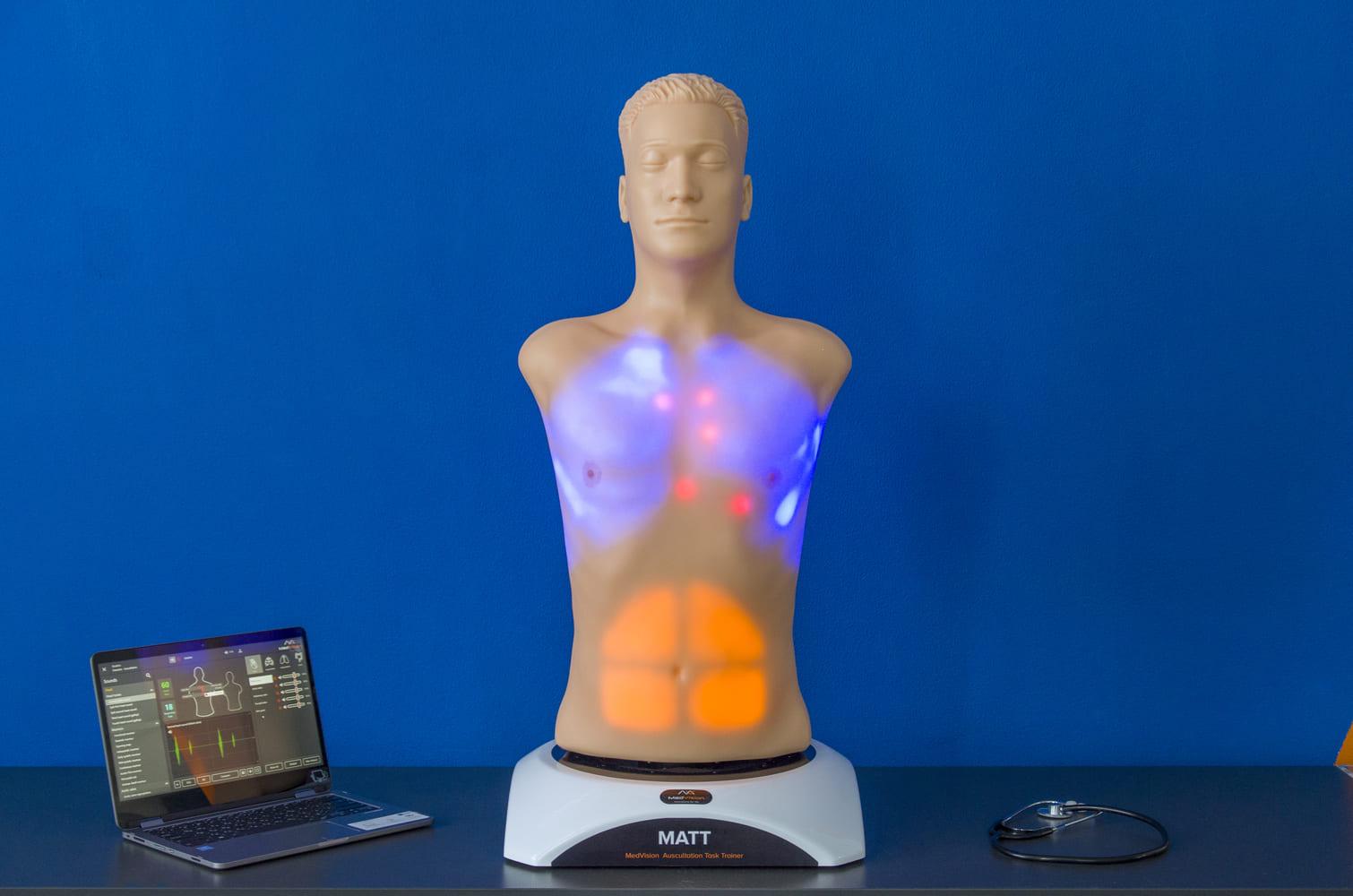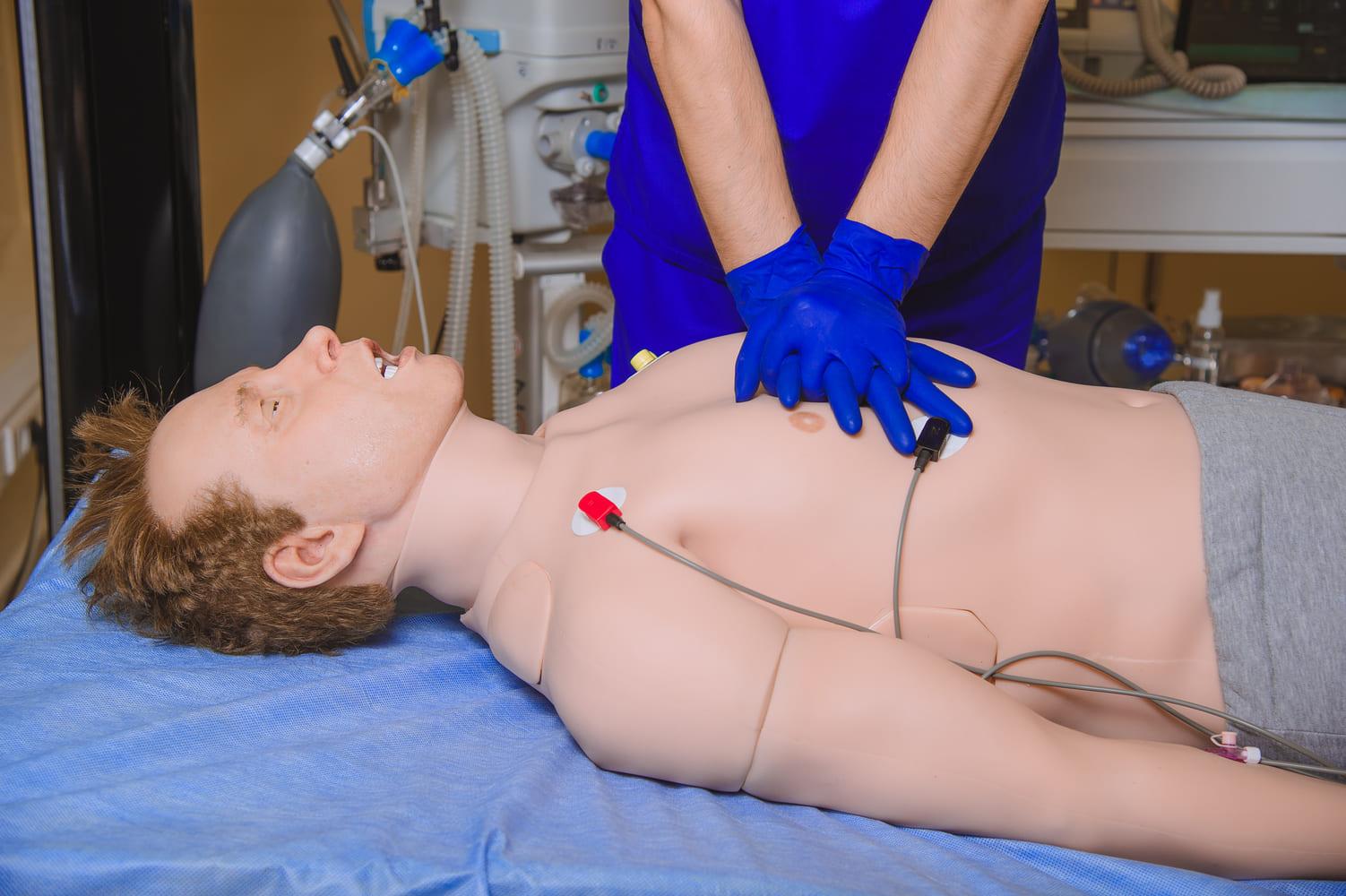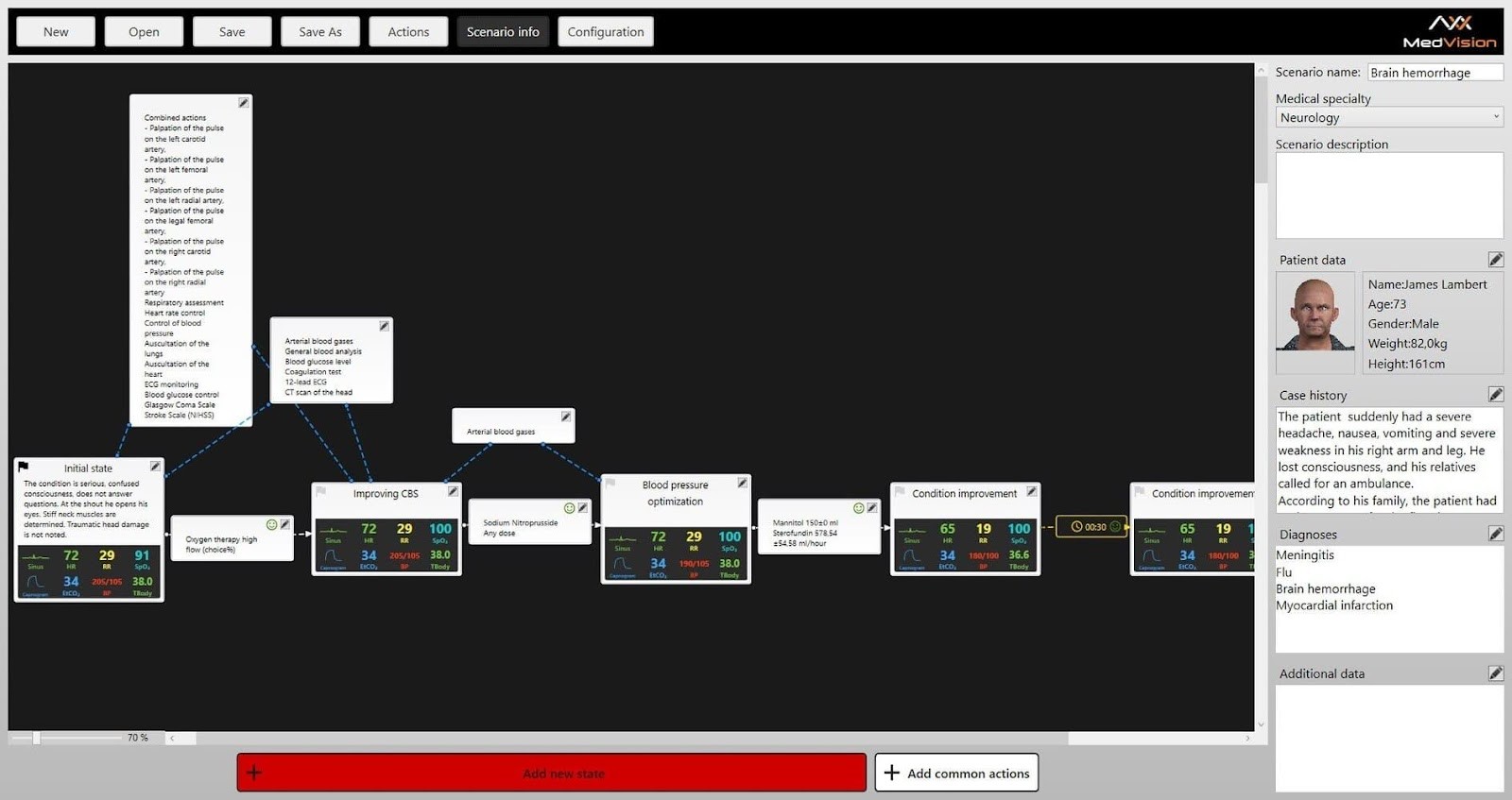
What Is a Patient Simulator: Exploring Advanced Patient Simulation in Healthcare Training
Patient simulators represent a cornerstone in the evolution of medical education, designed to replicate human physiological responses with striking fidelity. A patient simulator is a sophisticated, often computer-controlled device that mimics the complexities of human anatomy and pathology, allowing healthcare professionals to practice clinical skills without risk to real patients. At their core, patient simulators help bridge the gap between classroom theory and real-world clinical practice.
These simulators encompass a wide spectrum, from rudimentary mannequins demonstrating basic airway management to highly advanced systems capable of emulating vital signs such as heart rate, respiration, and even speech. By replicating realistic patient scenarios, simulation provides a controlled environment in which learners refine their diagnostic reasoning, procedural competence, and emergency response — all critical aspects of effective patient management.
Why has the concept of a patient simulator gained such traction? In essence, this simulation technology mitigates the risks inherent in real-world clinical training, where errors could have grave consequences. Moreover, patient simulation enables repetitive practice and immediate feedback, elements essential for mastering complex medical interventions. It’s not merely about mechanical repetition but cultivating critical thinking and adaptability under simulated clinical pressures.

H2: What Are the Core Components of a Patient Simulator?
- Anatomical Accuracy: Patient simulators are meticulously designed to mirror human physical structures, including palpable pulses, lung sounds, and joint articulation.
- Physiological Responses: Advanced simulators incorporate cardiovascular, respiratory, and neurological functions, allowing dynamic interaction with trainee interventions.
- Software Integration: Underlying software controls the simulation scenarios, varying patient conditions in real time to challenge learners.
- Interactive Features: Voice output, pupil response, and customizable symptoms enhance realism, engaging users beyond basic physical replication.
Each of these components converges to produce a holistic training experience, facilitating the acquisition of competencies vital for patient safety and quality care.
How Does Patient Simulation Enhance Medical Training?
Patient simulation profoundly enriches clinical education by immersing learners in realistic, risk-free environments. By engaging with patient simulators, medical students and professionals gain the opportunity to apply theoretical knowledge in scenarios that closely mimic real-life complexities. This active learning method fosters deeper understanding and retention compared to passive study.
Simulated scenarios range from routine examinations to critical emergencies, allowing trainees to practice decision-making and procedural skills repeatedly. Importantly, simulation permits mistakes without consequences to actual patients, promoting a culture of learning through trial and error. This iterative process hones proficiency and builds confidence before transitioning to clinical settings.
Furthermore, patient simulators facilitate interdisciplinary teamwork exercises, reflecting the collaborative nature of healthcare. Such simulations improve communication and coordination among doctors, nurses, and other medical staff, ultimately enhancing patient outcomes.

What Types of Patient Simulators Exist?
Patient simulators vary widely in complexity and function, each serving distinct educational objectives:
- Low-fidelity simulators: These devices focus on specific tasks, such as intravenous injection or CPR, providing basic tactile feedback without advanced physiological modeling.
- High-fidelity simulators: Equipped with realistic anatomical features and responsive physiological parameters, these simulators offer immersive scenarios, including breathing, heartbeat, and speech.
- Standardized patients: Unlike mannequins, these are trained actors who simulate real patient cases, offering authentic emotional and verbal interaction. Though not a mechanical simulator, this method is integral to patient simulation training.
- Virtual reality simulators: Employing immersive digital environments, these simulators allow users to engage with interactive patient cases through computer-generated imagery, enhancing spatial awareness and procedural planning.
Each form complements the others, collectively broadening the scope and efficacy of patient simulation education.
Why Are Patient Simulators Crucial for Patient Safety?
The imperative of patient safety underpins the widespread adoption of patient simulation. Traditional clinical training, while essential, carries inherent risks when learners practice on real patients. Errors during diagnosis or treatment can have catastrophic outcomes.
Patient simulators provide a safeguarded platform where practitioners can perfect their skills, reducing the likelihood of mistakes in actual clinical encounters. Simulation-based training has been linked to improved clinical performance and a reduction in medical errors, underscoring its value in safeguarding patient welfare.
Moreover, simulation exercises can replicate rare or complex conditions that practitioners might seldom encounter but must be prepared to manage competently. This preparedness enhances resilience and adaptability in healthcare professionals.
What Features Differentiate High-Quality Patient Simulators?
High-quality patient simulators distinguish themselves through several advanced capabilities that elevate training realism:
- Real-time physiological feedback: The ability to monitor changes in vital signs like blood pressure, oxygen saturation, and heart rhythm in response to trainee interventions.
- Customizable scenarios: Instructors can program diverse medical conditions and complications, tailoring simulations to curriculum needs or specific learner skill levels.
- Sensory interaction: Features such as palpable pulses, chest rise and fall, pupil reactions to light, and speech output add layers of realism essential for immersive learning.
- Debriefing and analytics: Post-simulation data analysis and video playback enable reflective learning, helping trainees understand mistakes and improve performance.
These attributes ensure that patient simulators are not mere mannequins but dynamic educational platforms integral to modern healthcare pedagogy.

How Is Patient Simulation Integrated into Medical Curricula?
Incorporating patient simulation into medical education has shifted from a novel innovation to a fundamental practice. Most medical schools and healthcare institutions now embed simulation modules across multiple stages:
- Basic clinical skills: Early learners use simulators to master physical examination techniques and basic procedures like injections or catheter insertions.
- Complex case management: Advanced trainees confront simulated emergencies such as cardiac arrest, respiratory failure, or trauma scenarios requiring swift, precise action.
- Interprofessional collaboration: Simulations engage multidisciplinary teams to enhance communication, coordination, and crisis resource management.
- Continuing professional development: Practicing clinicians use simulation to maintain competence, update skills, and adopt new guidelines without jeopardizing patient safety.
This progressive integration underscores the versatility and indispensability of patient simulation in cultivating competent healthcare professionals.
People Also Ask (Q&A):
Can patient simulators replace real patients in training?
No, they complement real clinical experience by allowing safe practice but cannot fully replace interactions with actual patients.
How realistic are patient simulators?
Modern patient simulators can mimic physiological responses such as heartbeat, breathing, and speech, creating highly realistic scenarios.
What is a patient simulator used for?
Patient simulators are used to train healthcare professionals in clinical skills, critical thinking, and emergency response—all in a safe, risk-free setting.
Immerse yourself in a demo to see how MedVision transforms traditional learning into an engaging, interactive experience
Subscribe for the Latest News!





